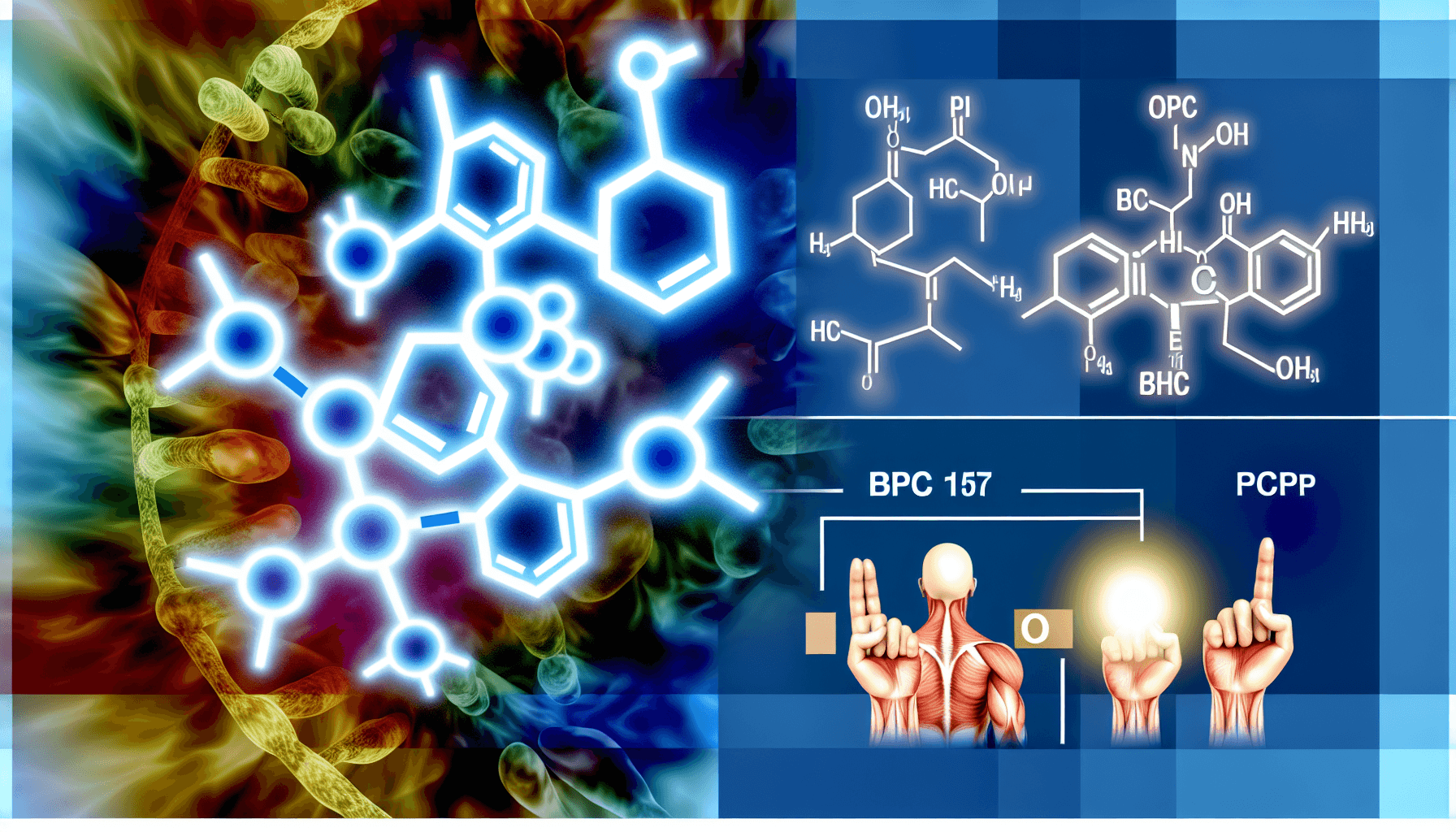The peptide BPC-157 has been the subject of interest for its potential healing and regenerative properties. However, it remains an experimental substance, unauthorized for human clinical use. The U.S. Anti-Doping Agency (USADA) emphasizes caution, particularly for athletes, regarding its risks and regulatory standing.
What is BPC-157?
BPC-157 (Body Protective Compound-157) is a peptide derived from a partial sequence of a protein found in gastric juice. Initially researched for its potential role in healing soft tissues, regulating gut health, and promoting vascular repair, its mechanisms and safety profile are not fully understood.
Regulatory and Safety Concerns
-
Lack of FDA Approval: BPC-157 is not currently approved by the U.S. Food and Drug Administration (FDA) for any medical use. Its availability largely stems from experimental or gray-market sources.
-
Potential Health Risks: Limited and incomplete research raises concerns about undocumented side effects or adverse reactions, especially from unregulated manufacturing sources.
-
Anti-Doping Implications: Athletes should note that BPC-157 could be classified as prohibited under anti-doping regulations if its use is linked to performance enhancement. This aligns with USADA's directives warning athletes about using unverified substances.
Source: USADAView Source
Risks for Athletes
Athletes utilizing BPC-157 face potential damage on two fronts:
- Health Hazards: Given that clinical trials for humans are absent, long-term or even short-term use of this peptide could produce unintended negative health outcomes.
- Doping Violations: Regular Prohibited List updates by global anti-doping organizations mean that substances like BPC-157, not yet banned, may face future restrictions. Presence in an athlete's system during competitions could lead to disqualification or sanctions.
Conclusion
While BPC-157 demonstrates some promising biochemical attributes in experimental research, its lack of approval for human use and the potential for health risks or doping violations should prompt caution. Athletes and other individuals considering such compounds must weigh these risks carefully and prioritize their long-term health and compliance with regulations.

For more information and updates on prohibited substances and their implications, visit USADA's official website.



